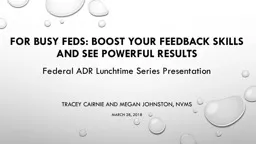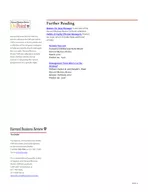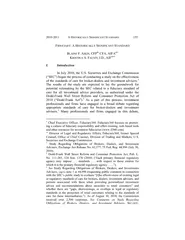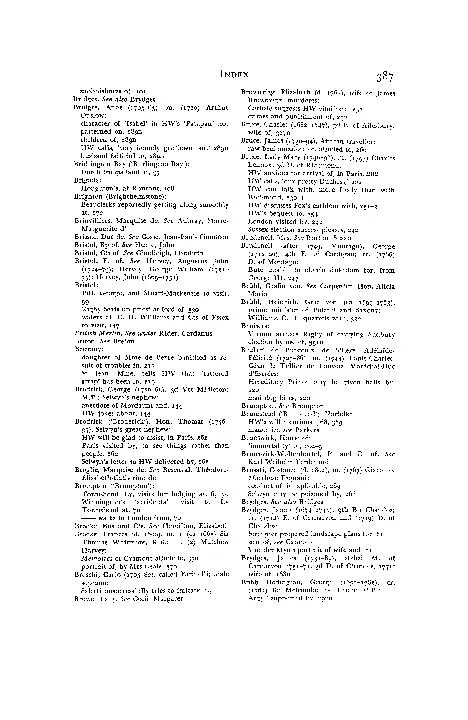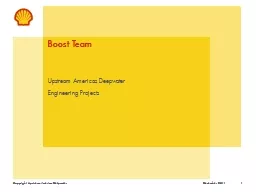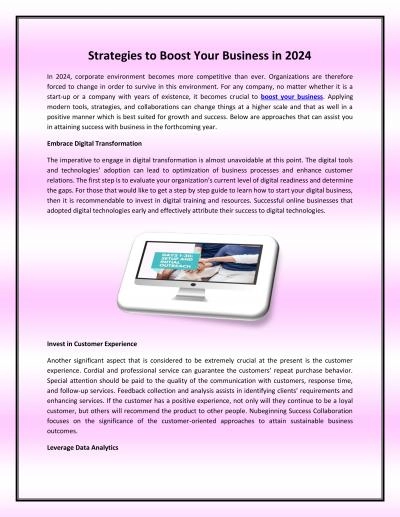PPT-For Busy Feds: Boost Your Feedback Skills and See Powerful Results
Author : trish-goza | Published Date : 2018-10-25
Tracey Cairnie and Megan Johnston NVMS March 28 2018 Federal ADR Lunchtime Series Presentation Session Goals Maximize Feedback Effectiveness to Prevent Disputes
Presentation Embed Code
Download Presentation
Download Presentation The PPT/PDF document "For Busy Feds: Boost Your Feedback Skill..." is the property of its rightful owner. Permission is granted to download and print the materials on this website for personal, non-commercial use only, and to display it on your personal computer provided you do not modify the materials and that you retain all copyright notices contained in the materials. By downloading content from our website, you accept the terms of this agreement.
For Busy Feds: Boost Your Feedback Skills and See Powerful Results: Transcript
Download Rules Of Document
"For Busy Feds: Boost Your Feedback Skills and See Powerful Results"The content belongs to its owner. You may download and print it for personal use, without modification, and keep all copyright notices. By downloading, you agree to these terms.
Related Documents

